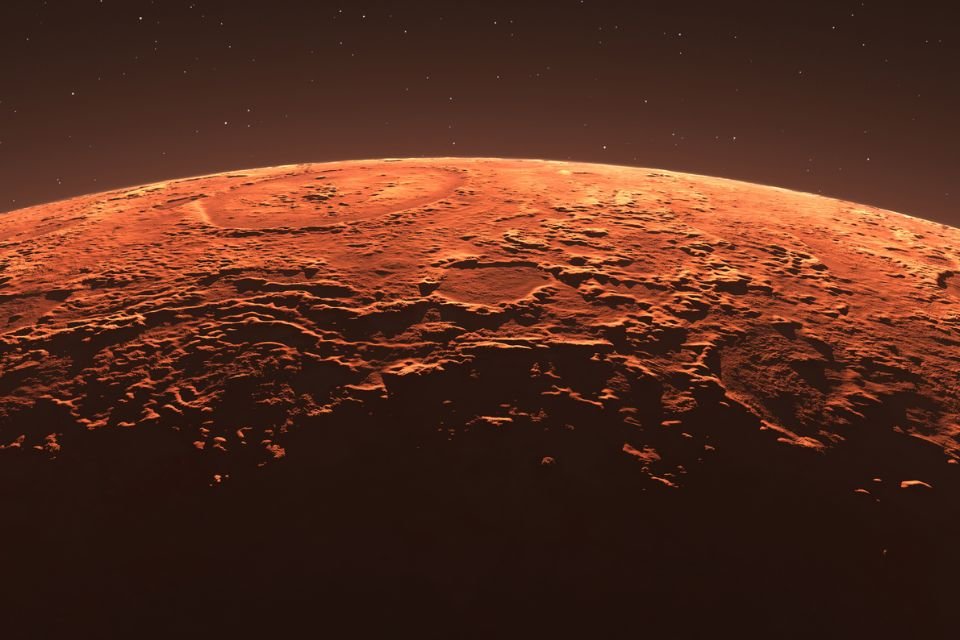According to a study published in the scientific journal Nature Astronomy, a group of researchers from the University of Hong Kong (HKU) suggests that Mars hosted many volcanoes about 3 billion years ago, which could help better understand the Earth’s past.
Using data from different sources, scientists have managed to catalog information about volcanic activity in Eridania – a region in the planet’s southern hemisphere.
The discovery of volcanoes on Mars occurred several decades ago, the authors of the new paper explain. But what is most interesting is that most of these officially recognized volcanoes consist of a structure similar to the geological formations in the Hawaiian region.
Despite these small similarities, it should be emphasized that:Volcanoes on Mars differ significantly from those on Earth. Because it has a tectonic plate, the planet’s geological structure has developed differently; But it is precisely this difference that can help explain more about the formation of the Earth’s crust.
“In this study, we show that the ancient crust contained many other types of volcanoes, not lava, such as lava domes, stratovolcanoes, calderas, and large ash shields. Moreover, most scientists consider Mars to be a planet composed of basalt, low in silica, and with little crustal evolution.” “But these volcanoes are high in silica, meaning they formed from a complex evolutionary process of previously unknown magma.” HKU Science said. Department geologist Joseph Michalski.
Volcanoes, Mars and Earth: What is their relationship with the past?
The red planet’s ancient geological record remains largely intact, researchers have found It may provide answers about the early geological conditions of the Solar System and the evolution of the Earth’s crust. Mars’ Eridana region was chosen because of its magnetic crust and the possibility that an ocean once existed there.
Based on the analyzed data, the research identified four types of volcanoes known as:
- volcanic domes;
- stratovolcanoes;
- pyroclastic shields;
- boiler complexes.
These structures are similar to those on Earth, but have larger diameters; A single tectonic plate may be responsible for these significantly larger sizes.
“This is an important discovery because it revealed that crustal recycling can occur not only in plate tectonics regimes dominated by horizontal movements, but also in frontal plates dominated by vertical movements. This discovery has led Earth scientists to understand how and when felsic continents form on our planet (Earth) It could help them resolve long-term controversial questions about how it was formed,” said Professor Guochun ZHAO, Head of Earth Sciences at HKU.
Did you like the content? Stay up to date with more curiosities about volcanoes and astronomy here TecMundo. If you wish, understand how the largest volcano in the Solar System could be an island on Mars. To the next one!
Source: Tec Mundo
I’m Blaine Morgan, an experienced journalist and writer with over 8 years of experience in the tech industry. My expertise lies in writing about technology news and trends, covering everything from cutting-edge gadgets to emerging software developments. I’ve written for several leading publications including Gadget Onus where I am an author.












